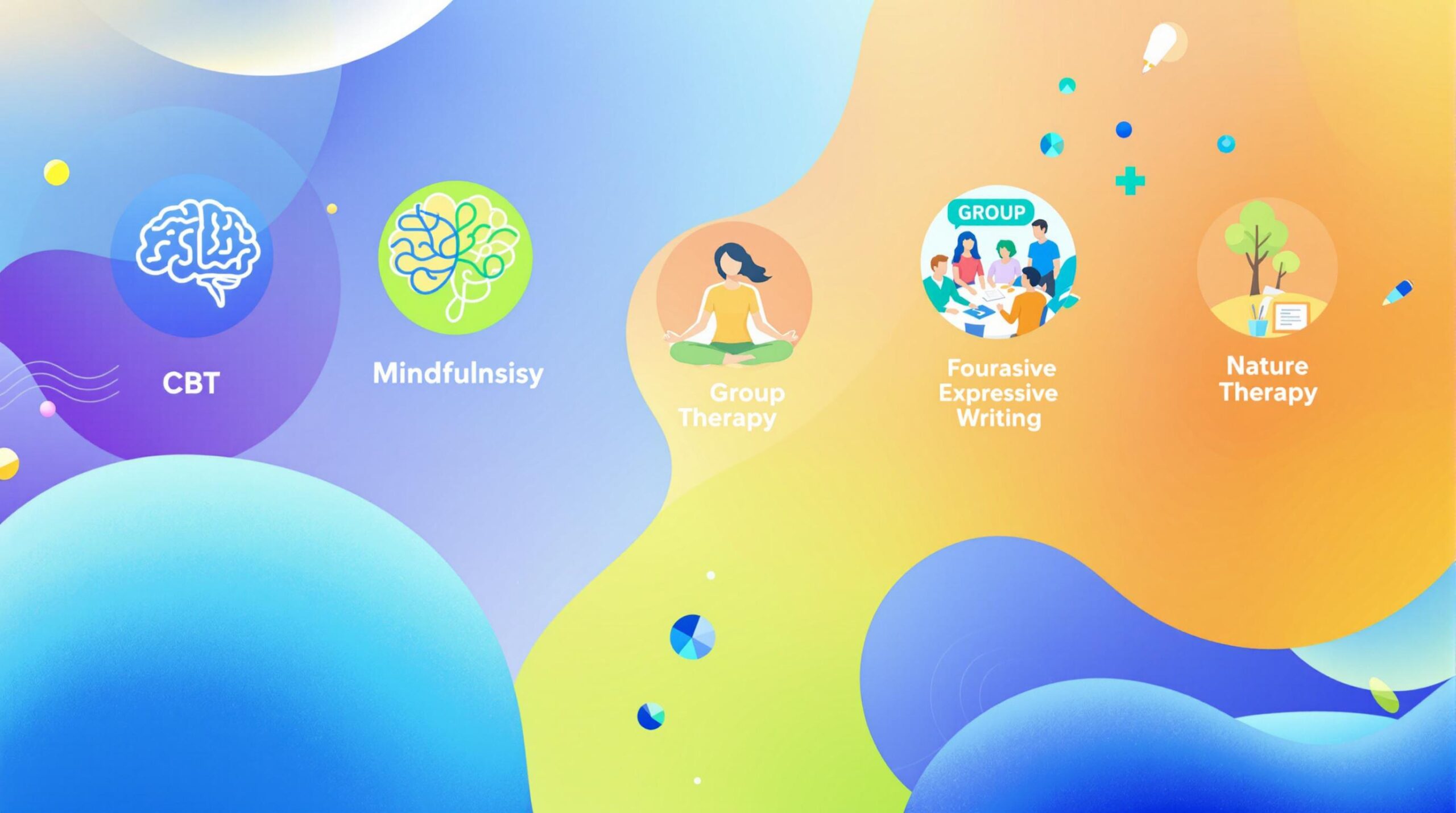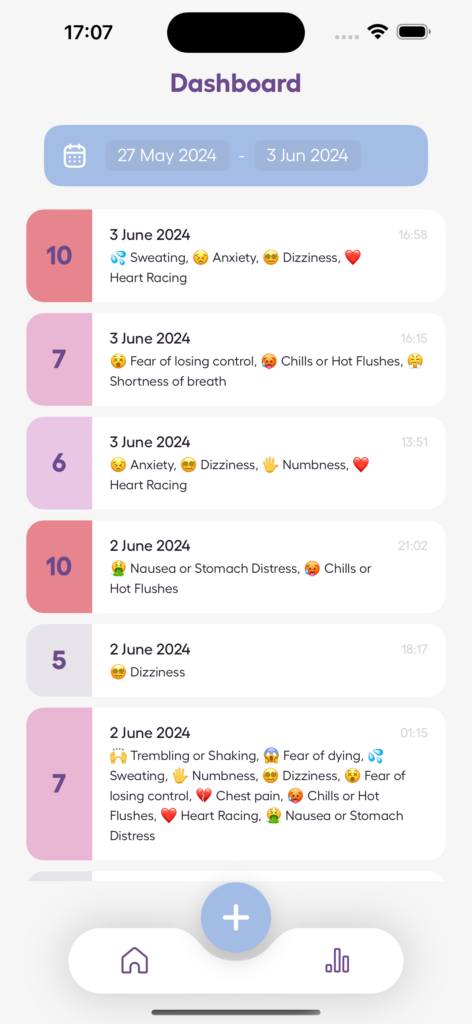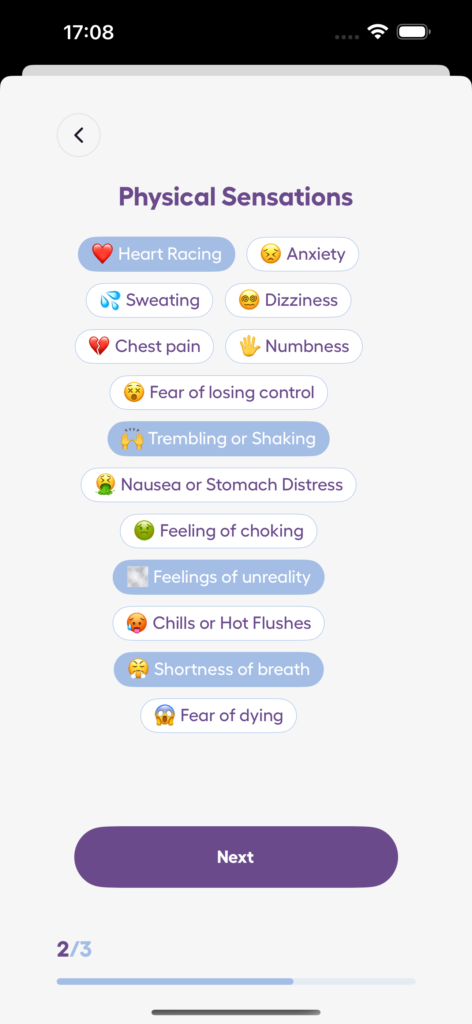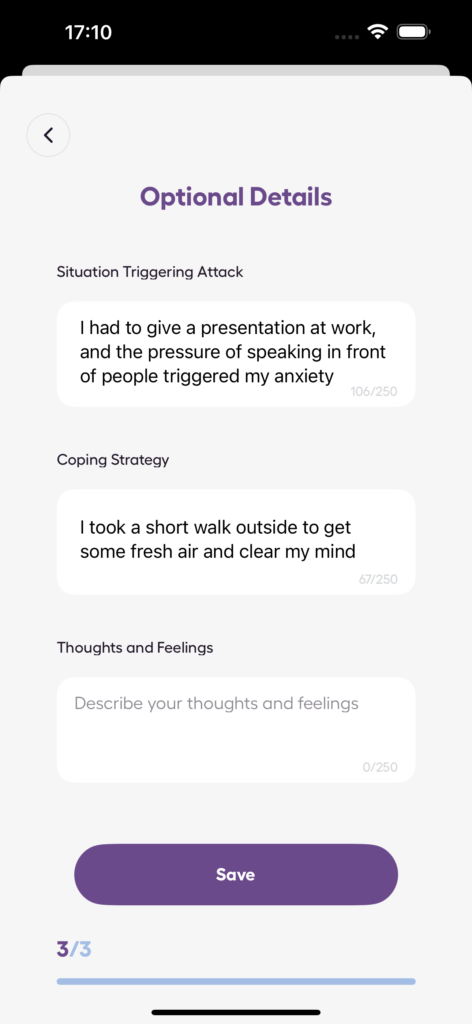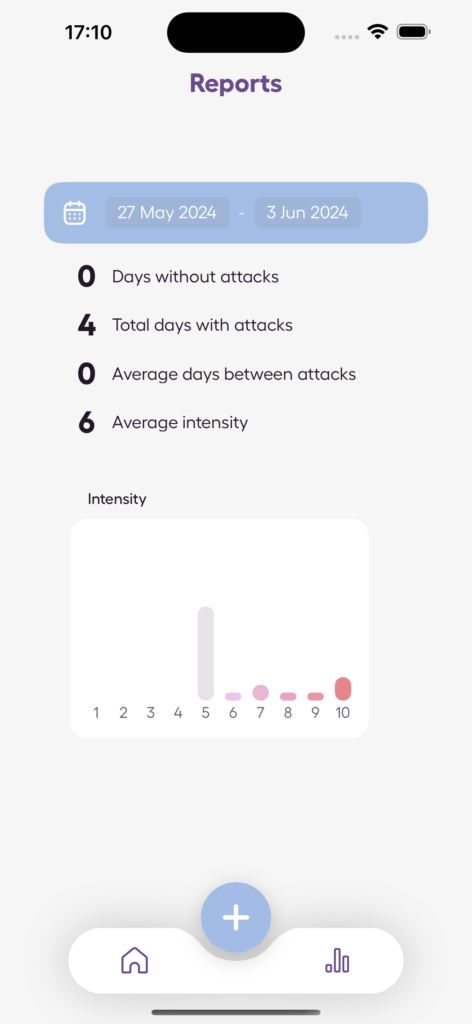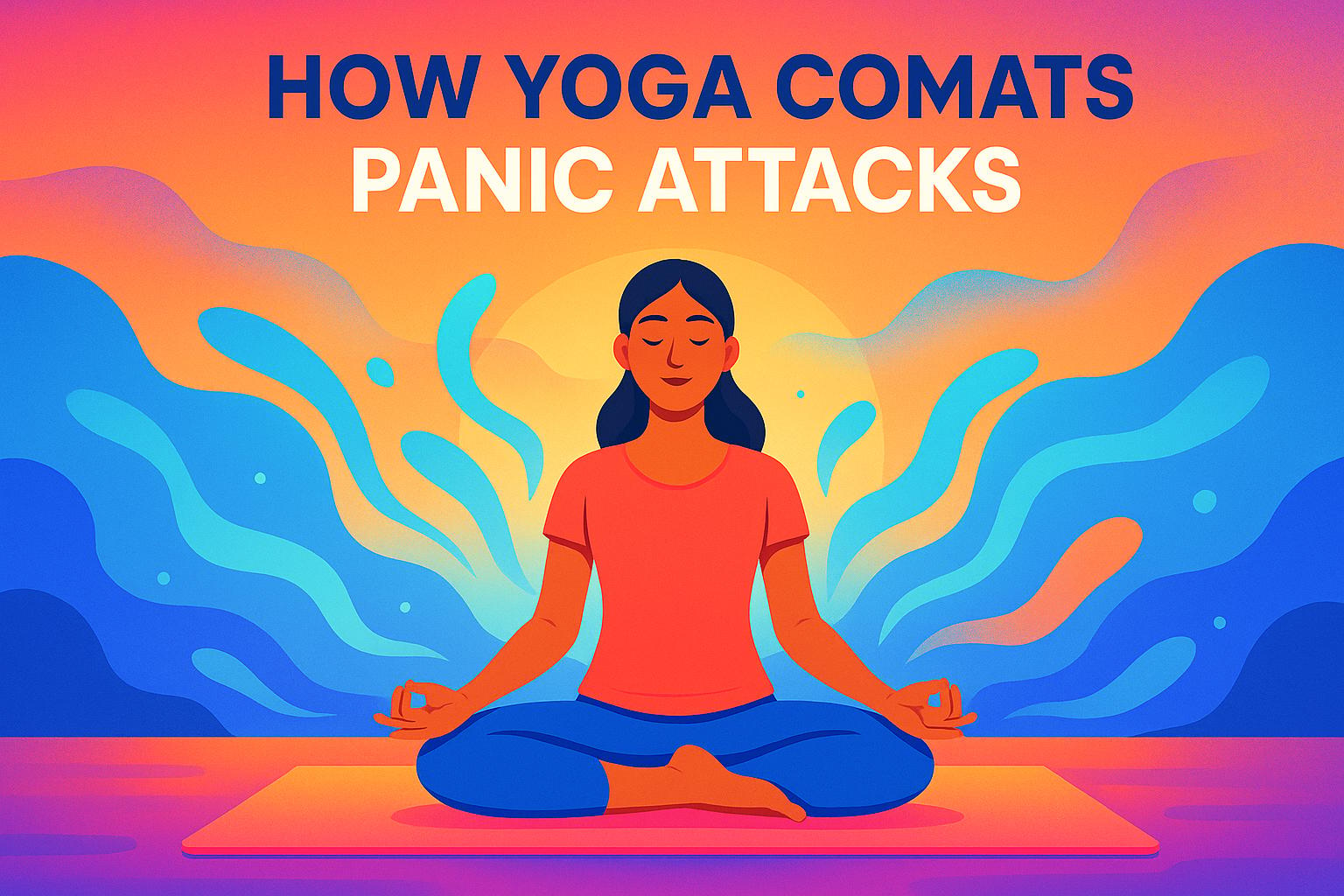Anxiety can disrupt daily life, but therapy offers proven ways to manage and prevent symptoms. Here are five effective therapies to help you take control:
- Cognitive Behavioral Therapy (CBT): Focuses on identifying and changing negative thought patterns through structured techniques like cognitive restructuring and exposure tasks.
- Dialectical Behavioral Therapy (DBT): Combines mindfulness with emotional regulation and interpersonal skills to handle anxiety triggers.
- Exposure and Response Prevention (ERP): Gradually confronts fears to break avoidance behaviors and build resilience.
- Mindfulness-Based Therapy: Encourages staying present and accepting thoughts without judgment, reducing stress and emotional responses.
- Interpersonal Therapy (IPT): Addresses social conflicts and strengthens relationships to alleviate anxiety caused by interpersonal stress.
Quick Comparison Table
| Therapy Type | Focus Area | Techniques Used | Best For |
|---|---|---|---|
| CBT | Thoughts and behaviors | Cognitive restructuring, exposure tasks | Generalized anxiety, panic disorders |
| DBT | Emotional regulation and mindfulness | Distress tolerance, diary cards | PTSD, intense emotions |
| ERP | Facing fears directly | Gradual exposure to triggers | Panic disorders, OCD |
| Mindfulness Therapy | Present moment awareness | Breathing exercises, mindful pause | Anxiety and depression |
| IPT | Social relationships | Communication skills, boundary setting | Social anxiety, relationship issues |
Therapy works best when paired with tools like anxiety tracking apps to monitor progress. Choose the approach that fits your needs and consult a mental health professional for personalized guidance.
What is Cognitive Behavioral Therapy?
1. Cognitive Behavioral Therapy (CBT)
CBT helps people understand the link between their thoughts, feelings, and behaviors, guiding them to break negative patterns that contribute to anxiety symptoms. By teaching tools to address anxiety triggers early, it offers a way to keep anxiety from spiraling out of control.
This therapy works by helping individuals recognize, challenge, and shift negative thought patterns. It uses a structured approach that includes:
- Cognitive restructuring: Reframing negative thoughts.
- Activity scheduling: Building confidence through gradual, planned activities.
- Exposure tasks: Facing feared situations step by step in a controlled manner.
Typically, CBT involves weekly, hour-long sessions over several months. Therapists guide clients through practical exercises, equipping them with skills to manage anxiety long-term without relying solely on medication.
Research supports CBT’s success in treating conditions like generalized anxiety disorder, panic disorder, and social anxiety disorder. Many studies report noticeable symptom improvement within 3–6 months of starting therapy. However, consistent practice of these techniques is key to maintaining progress.
Modern tools, like anxiety tracking apps, can complement CBT by helping users log thought patterns and monitor progress. Combining traditional therapy with these digital aids can make treatment even more effective.
CBT focuses on changing thoughts and behaviors, but therapies like DBT, which concentrate on emotional regulation and coping strategies, offer a different approach – more on that next.
2. Dialectical Behavioral Therapy (DBT)
Dialectical Behavioral Therapy (DBT) blends cognitive-behavioral techniques with mindfulness practices to address anxiety. What sets DBT apart is its focus on mindfulness, which helps individuals accept their emotions while working toward meaningful change.
DBT is built around four main modules: mindfulness (noticing thoughts without judgment), distress tolerance (coping with challenging situations), emotional regulation (managing intense feelings), and interpersonal effectiveness (improving communication and relationships). This combination of acceptance and skill-building helps individuals handle anxiety triggers more effectively.
A key aspect of DBT is validation – acknowledging emotions as real and understandable without criticism. This approach lays the groundwork for change. To support this, DBT uses specific tools like diary cards and chain analysis to track emotional patterns and uncover triggers. Here’s a quick overview:
| Tool | Purpose |
|---|---|
| Diary Cards | Daily logs to track anxiety triggers and responses |
| Chain Analysis | Mapping out cause-and-effect patterns of emotional reactions |
| Behavioral Skills | Coping techniques to use in the moment |
Research published in the Journal of Clinical Psychology shows that DBT can effectively lower anxiety symptoms, particularly in individuals with PTSD. Sessions often include one-on-one therapy and skill-building exercises, giving clients practical tools they can use in everyday situations. Many therapists now combine traditional DBT techniques with modern tools to better track progress between sessions.
While DBT emphasizes emotional awareness and adaptability, Exposure and Response Prevention (ERP) Therapy takes a different route, focusing on directly confronting anxiety triggers.
3. Exposure and Response Prevention (ERP) Therapy
ERP therapy offers a structured way to face anxiety triggers head-on. It combines gradual exposure to anxiety-provoking situations with the practice of resisting avoidance behaviors. This approach helps break the cycle of avoidance, which often reinforces anxiety.
With guidance from a therapist, individuals create a personalized list of feared situations, arranged from less intimidating to more challenging. Over time, they work through this list, confronting each fear step by step. These regular exposure exercises help build confidence and develop stronger coping skills.
"ERP therapy is one of the most effective treatments for anxiety disorders, particularly because it helps individuals learn that their fears are not as dangerous as they perceive".
Research supports ERP’s success in reducing anxiety symptoms, especially for those dealing with panic disorders. The key to progress lies in consistent practice, gradually tackling fears, and learning how to manage anxiety effectively.
Digital tools, like anxiety trackers, can complement ERP by helping individuals monitor their progress and recognize patterns. While the process can feel tough at first, the therapy’s clear structure makes it easier to navigate and offers a practical way to manage anxiety.
In contrast to ERP’s direct approach, mindfulness-based therapy takes a more reflective route to address anxiety.
sbb-itb-b1dedcc
4. Mindfulness-Based Therapy
Mindfulness-based therapy helps manage anxiety by encouraging acceptance and focusing on the present moment. This method changes how people respond to anxious thoughts, and research shows it’s highly effective for treating both anxiety and depression, with long-lasting results.
Some core techniques include the ‘Mindful Pause’ and ‘Witness State’. These practices create a gap between a trigger and the reaction, helping reduce emotional responses. They also teach individuals to observe their thoughts without judgment, staying calm even in stressful moments.
A 2021 study found that mindfulness-based stress reduction (MBSR) significantly eased anxiety symptoms, particularly in adults aged 60-65. It’s especially helpful for those with rigid thought patterns or high emotional sensitivity.
By focusing on the present, mindfulness reduces the physical and emotional grip of anxiety. Combining mindfulness exercises with breathing techniques and body awareness further strengthens the ability to handle anxiety in daily life.
Although mindfulness-based therapy can be practiced alone, working with a trained therapist often leads to better results, especially for severe anxiety or panic disorders. A therapist can tailor the approach to fit individual needs, offering personalized guidance and support.
While mindfulness therapy emphasizes acceptance and awareness, Interpersonal Therapy (IPT) takes a different route by addressing relationship issues that may contribute to anxiety.
5. Interpersonal Therapy (IPT)
Unlike therapies that target thought patterns or managing emotions, IPT focuses on resolving social conflicts and strengthening relationships to address anxiety. It tackles the interpersonal struggles and communication issues that often contribute to anxiety symptoms.
Typically lasting 12-16 sessions, IPT works on resolving relationship challenges, improving communication skills, and managing anxiety-inducing social situations. The core idea behind IPT is that interpersonal conflicts and poor communication can be major sources of anxiety.
This therapy zeroes in on three key areas: recognizing relationship patterns, enhancing communication, and building stronger social support systems. Research shows that IPT can be as effective as CBT for certain anxiety disorders.
IPT is particularly useful for situations like:
- Navigating workplace conflicts and setting boundaries
- Managing family tensions and improving communication
- Addressing social anxiety and boosting confidence
- Adapting to life transitions and relationship changes
To make IPT even more effective, therapists often recommend tracking anxiety triggers. This structured approach helps pinpoint interpersonal stressors and measure progress during treatment.
How Tools Can Support Therapy
Digital tools are playing an important role in managing anxiety, complementing traditional therapy methods. They act as helpful additions to approaches like CBT and mindfulness, offering a well-rounded treatment plan.
Here’s how digital anxiety tracking can assist both therapists and patients:
Tracking and Data Analysis
Apps like Anxiety Journal let users log panic attacks and monitor anxiety patterns in real time. This information helps therapists pinpoint triggers, evaluate progress, and fine-tune treatment plans. By keeping detailed records, both patients and therapists can uncover patterns that might otherwise be overlooked.
Ongoing Support
Between therapy sessions, these tools help users stay focused on their recovery. Features such as stress tracking and anxiety assessments keep individuals engaged and reinforce the techniques they’ve learned during therapy.
Boosting Engagement
When users actively track their symptoms, they often become more involved in their treatment. This increased participation can lead to better follow-through on therapeutic techniques and homework assignments.
The real benefit of these tools comes when they’re used alongside professional therapy – not as a replacement. Therapists can guide patients in interpreting the data and adjusting treatment strategies, making the most of what these tools have to offer.
For best results, you might try:
- Logging anxiety episodes and triggers regularly
- Monitoring stress levels consistently
- Sharing app data with your therapist
- Using tracking features to support specific therapy techniques
Conclusion
Managing anxiety involves finding the right approach that fits your needs, as different therapies offer various ways to prevent and manage symptoms.
CBT, backed by extensive research, has shown long-lasting results, while mindfulness-based programs are effective in easing symptoms and promoting mental well-being.
Using digital tracking tools can add value by offering useful insights into your progress. Collaborating with a mental health professional ensures your therapy aligns with your personal goals and challenges.
Progress takes time, and trying out different methods can help you discover what works best. Whether you prefer the structured techniques of CBT or the focus on awareness that mindfulness provides, a mental health professional can guide you in customizing your therapy.
